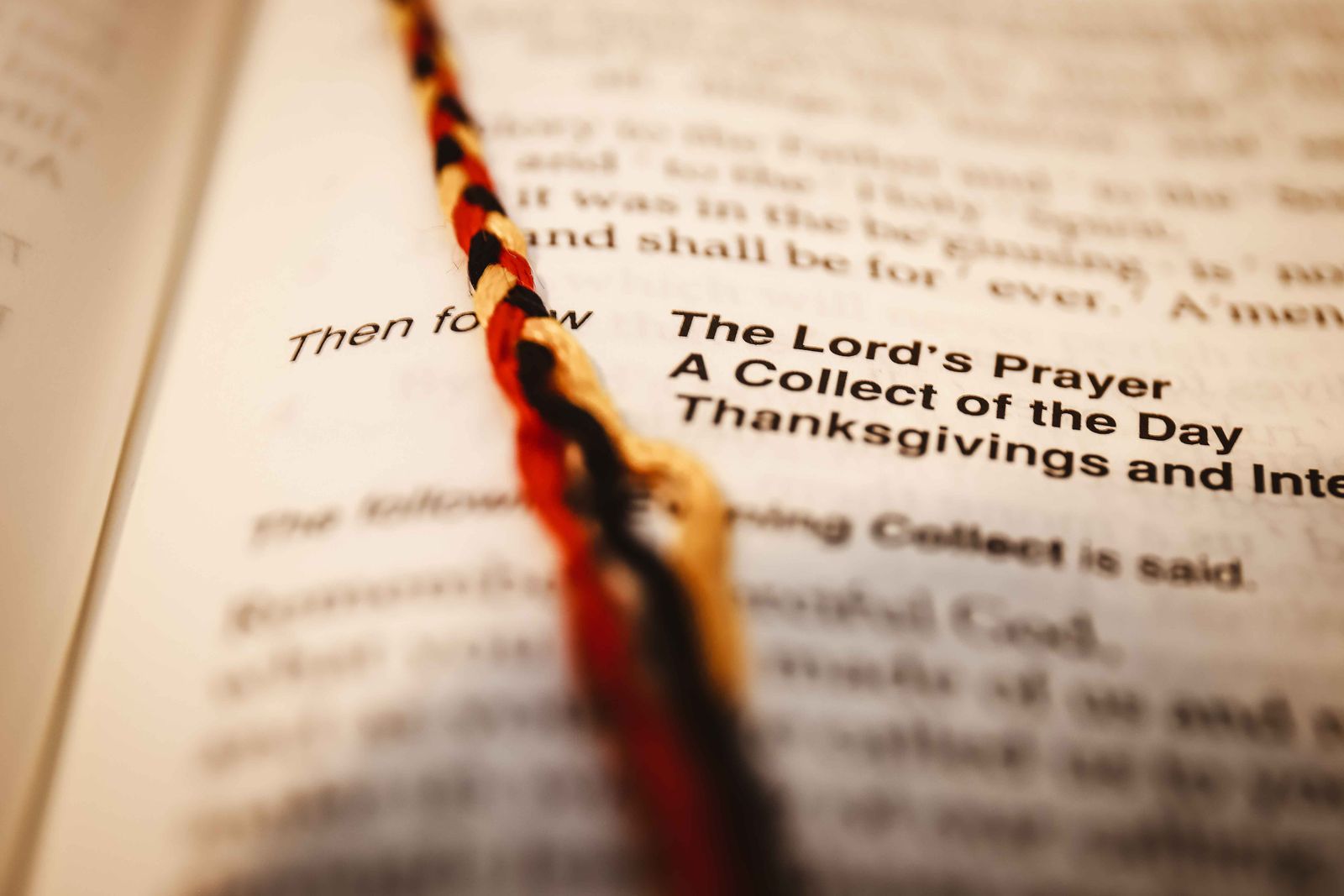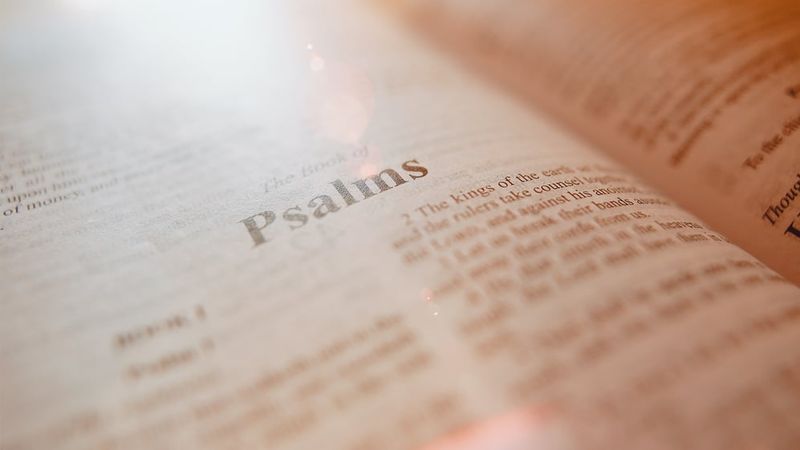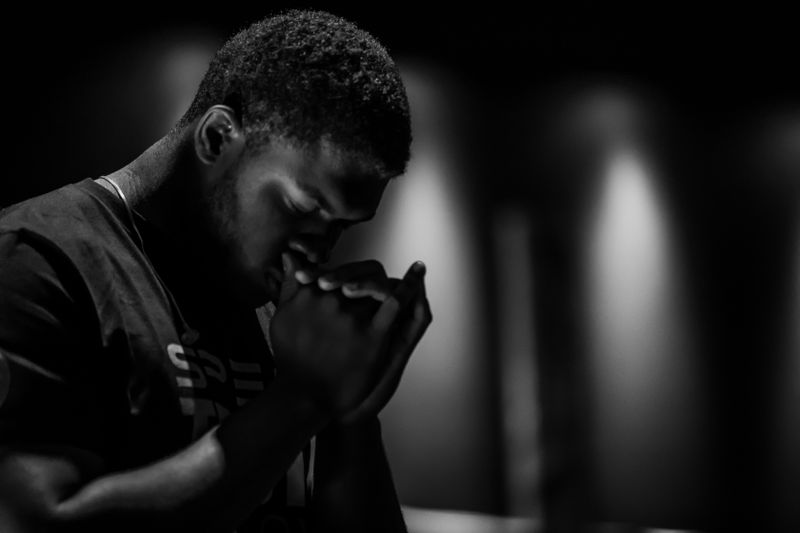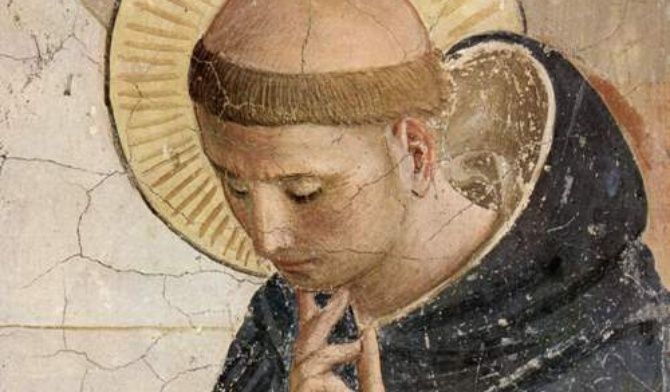A New Kind of Prayer That Is Really Old
I recently attended Brian Zahnd’s Prayer School. I really got a lot out of it. I have been struggling with prayer for a long time. My prayers in the past have mostly been about me getting what I want or about asking God to change people in the way I think they should be changed. I hate the fact that when I have prayed for others in this way, I mostly end up projecting onto them the things I fail to see the lack of in myself. The method of prayer that Zahnd taught us was simply a kind of liturgical process of praying prayers curated from church history. There are several short prayers in this liturgy. There is the “prayer of confession,” the prayer commonly attributed to St. Francis; the one that begins with “Lord make me an instrument of your peace…” There are scriptures from the psalms and from the Gospel reading as followed by the Lectionary. There is also a prayer from the Book of Common Prayer. Along with some other prayers. There is space to pray for our loved ones and space for silent contemplation. All in all the prayers take about a half hour to complete each morning. Zahnd challenged us in the class to pray these prayers over the course of about 40 days. The ending of the 40 days for us who were in that class being, Ash Wednesday.
I’ve been practicing Centering Prayer pretty much every morning for about 6 or 7 years now. I have found it to be a powerful thing for me. I began centering prayer back when I was struggling to know how to pray. Centering prayer became a way forward out of my prayer struggle. Before I go any farther, perhaps I should explain Centering Prayer a bit more. It is simply sitting in silence with the Lord. I usually set a timer on my phone for 10 to 20 minutes. The goal with Centering Prayer is to allow for God’s presence and action within. I begin by slowly and intentionally concentrating on my breathing in order to still myself before the Lord. When my mind begins to wander, as it often will, I will then gently introduce a simple (usually one syllable) prayer word into my mind in order to redirect me back to God’s presence and action within. I have pretty much been praying this way in my morning prayer time for 6 or 7 years. Of course, I pray with words many times in shot bursts during the day as things arise and things come to mind. It is the Centering prayer time in the morning that helps me to be mindful of God’s work and present to his Spirit throughout the day.
After attending Brian Zahnd’s prayer school, I have added the morning liturgy as he has given it to us. Now, for the past few weeks I have been praying “my prayers,” as Zahnd describes it. He says that sometimes we just don’t know what to pray. “What do you do when you don’t know how to pray?” He says, “you pray your prayers.” I like that. And I have found that these prayers have been good for me in my prayer life. I immediately introduced my church to this form of praying. I usually wait for awhile until I introduce my church to something new I learn at a conference or class, but I was just so excited to share this prayer with my folks in my church.
Every year, I try to come up with some kind of simple and memorable vision statement or phrase for the church. This year our statement, “At The Feet of Jesus” came from that school as well. One thing the Zahnd brought out in the class is our tendency to try and forcefully push our own agenda in prayer. To explain this he used the story of Jesus at the home of Mary and Martha. In the story, Mary sits at Jesus feet and listens to him while Martha tries to get Jesus to tell Mary to do what she should be doing. This is the way most of my prayers have been; me tugging on God’s sleeve, trying to get him to change the people in my life in order to make my life easier.
I have to confess I used to think that praying by repeating other people’s prayers was not very spiritual. I have told myself this kind of praying is for those high church liturgical folks. It just seemed too Catholic to me. I am an Assembly of God pastor. We pentecostals are supposed to be spontaneously “led by the Spirit.” However, when I look over my prayers from my past, I have to admit that they all started to sound like repetition to me. I also started to notice that my prayers sounded suspiciously close to my other pentecostal brothers and sisters who I had heard pray. Praying in tongues is the exception to this. However, I have noticed that my prayers in tongues are basically a repetition of the same “phrases.” Over time I have heard other brothers and sisters praying in tongues. Their phrasing, as I have heard it over and over are all repetitions of the same thing. Seems like God is inviting us to repeated prayers too.
Now, I see that Zahnd’s prayer liturgy has really been working in my prayer life. I pray the same prayers every morning. I am not praying to get something from God, I am now praying to put myself at Jesus feet. There, I am allowing those prayers to form me into the image of Christ. I am no longer asking him to be conformed to my image, rather, I am allowing him to conform me to his.
I plan to continue this morning prayer liturgy in the same form as it has been given to me by Brian Zahnd from his class until Ash Wednesday. I will then continue to pray these prayers. My motivation is not to use a habitual prayer as a kind of thing I check off my to do list every day, or to make me feel better. My motivation is to allow these prayers to become entrenched into my memory, so that they become a part of me. I want these prayers that have been around for hundreds of years to continue to carve away the parts of me that are not Jesus. I want these prayers to work on me until there is less of me and more of Christ.
As I have opened myself up to old prayers, prayer has become new again. I am finding all kinds of wonderful prayers that have been prayed by saints and sinners for centuries. It seems that now God is showing me all the rich prayers that have been offered from earth to heaven. And now those who prayed those prayers are in heaven rejoicing along with the rest of the great cloud of witnesses as I pray the prayers they prayed while they were being shaped into the image of Christ on this earth.




